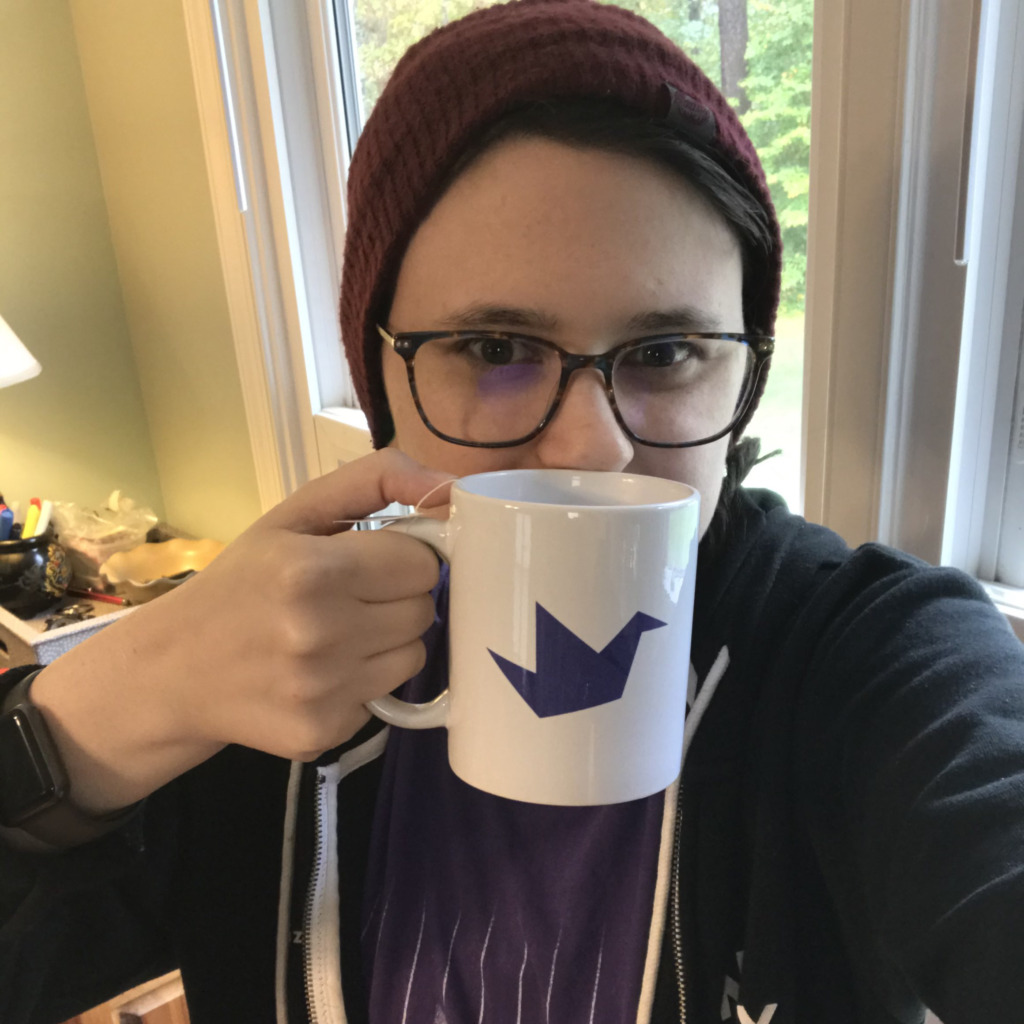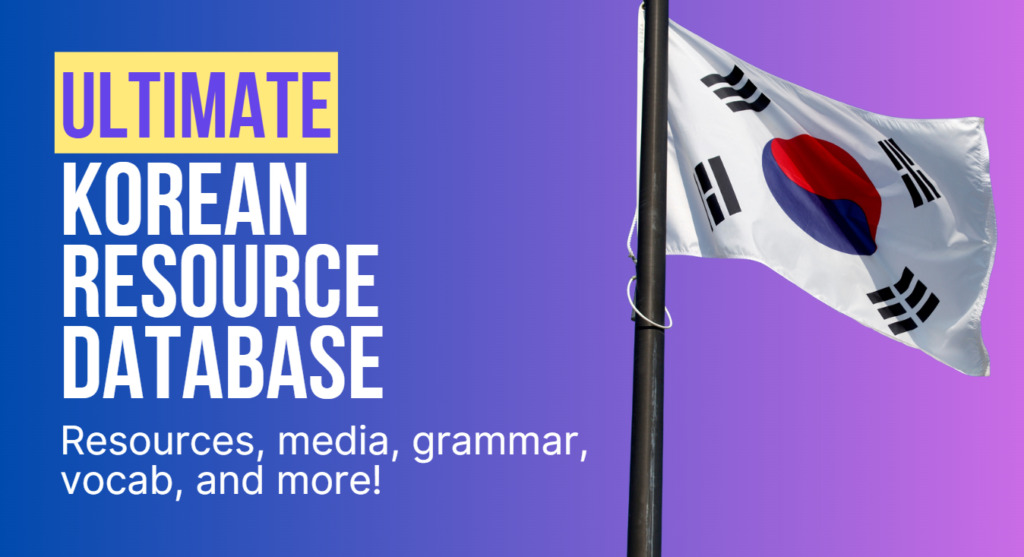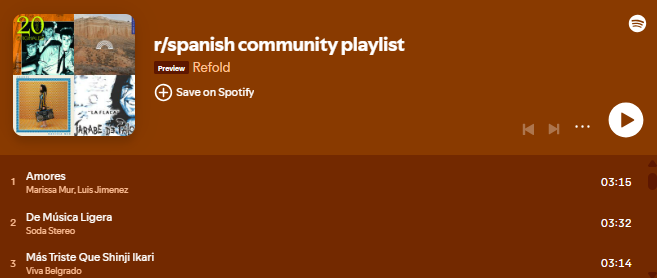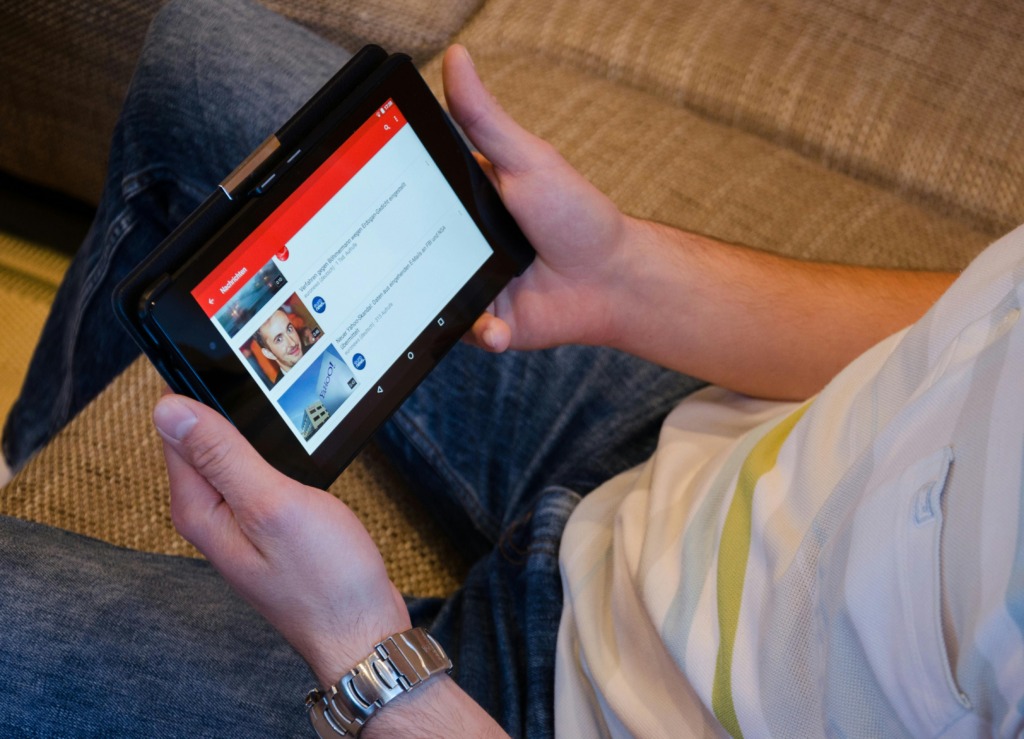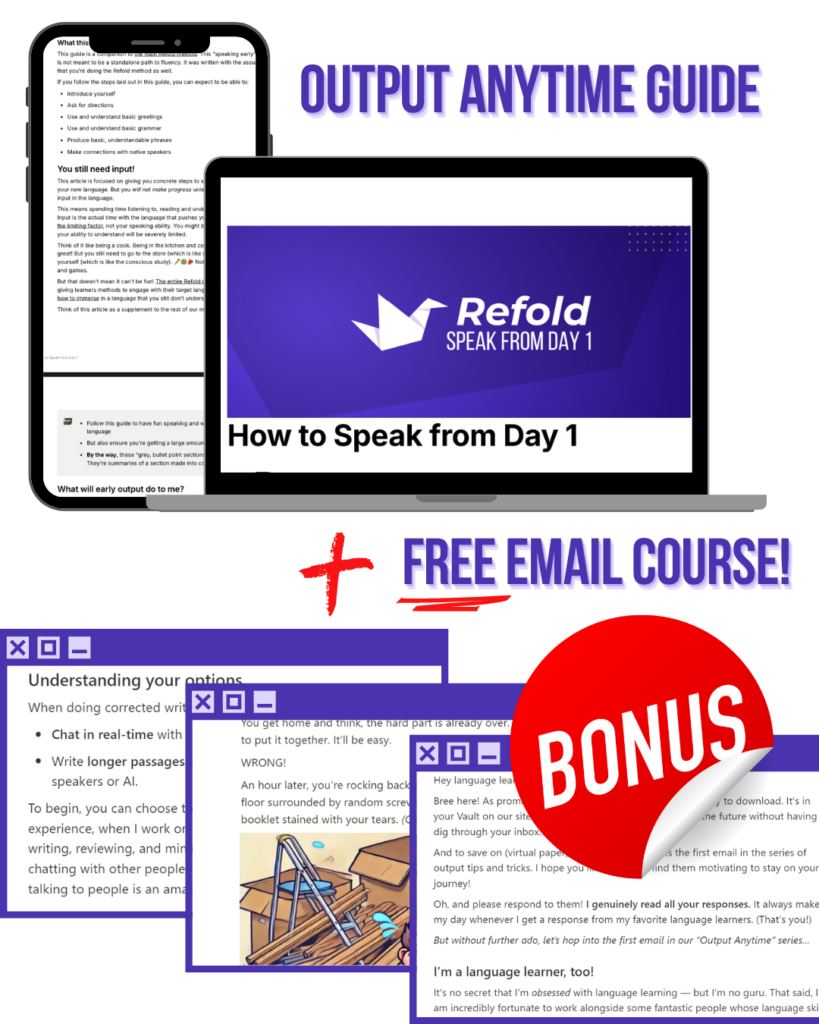The different types of input channels and why you need to know them!
You may be thinking, “what are the channels of input, and why should I need to know them”? An input channel, to put it in one sentence, is the type of input you’re receiving. Audio only? 1 channel. Text and audio? 2 channel. Text, audio, and video? 3 channel. We generally recommend starting with a higher number, and moving to a lower number as you advance in the language. Let’s talk about them in depth.
3-Channel Input

3-Channel input is the pinnacle of input! With 3-Channel input, you harness the power of video (visual context), audio (aural context), and same-language-subtitles (written context)!
Using 3-channel input allows you to easily navigate immersion learning in your target language. The added visual context allows you to turn slightly-less-than-intelligible input, into something you can derive benefit from (remember, input should be comprehensible). Having audio means you’re able to practice listening to the sounds of a word and parsing it by ear, while at the same time having subtitles to allow ease of lookup and double-checking what you think you heard.
2-Channel Input

2-Channel input is one step down from 3-Channel. It is lacking one of the channels that helps make input comprehensible. 2-Channel Input is a bit more complex than 3-Channel input, in that there are two types:
- Comics
- Audio with matching text
Comics are 2-Channel input because they have a visual component (the drawings) and they have a text component (the dialog). Once again the visual component comes in clutch by allowing you to better understand the language component of your immersion.
Interactive immersion is still possible with comics by using OCR tools that make the text into soft text, or just by using a little elbow grease and typing the word into a dictionary the old fashioned way (are electronic dictionaries old fashioned now?).
Audio with matching text is another form of 2-Channel input. Utilizing things such as audio books and written text, or podcasts with transcriptions. Using e-texts such as epubs or pdfs allows you to do lookups instantly with your handy dandy popup dictionary.
1-Channel Input

One channel input! The final frontier! For most people, this means raw listening. No subs. No visual aids. Just raw, unfiltered language. Bonus points if it was recorded through a telephone or potato microphone.
To make the best use of 1-Channel input, you should be totally focused on trying to understand and enjoy what you’re listening to. Do not just “white noise” content, in other words do it actively and not passively!
It may surprise people who are new to immersion learning, but as time goes on and your general comprehension of your target language goes up, you will have an easier time listening to content and doing lookups by ear, thus making interactive listening a feasible task for the intermediate to advanced learner!
The Fourth Channel?!

Much to Ethan’s chagrin, the team has taken to calling additional context “the fourth channel”. This additional context can be something as simple as having advanced knowledge of the content in your L1 (such as a doctor immersing in medical content), or it can be the additional context inferred from having followed a show or series in your L1 and then rewatching it in your L2.
Using the additional context from content you know well, you will have an easier time guessing and interpreting your immersion. It may also make recognition easier for some languages that share “international vocab” such as Greco-Roman loans in western languages, or Chinese loans in some east Asian languages.
Any thoughts about the four channels? Drop a comment in the box below and tell us about them!
Like what you see?
Sign up now and we'll deliver even MORE amazing content like this right to your inbox!
- Receive our exclusive 6 SECRETS to language learning success email course.
- Stay motivated with weekly emails overflowing with helpful language-learning tips, tutorials, and more!
- Get behind the scenes access into the inner workings of Refold!



